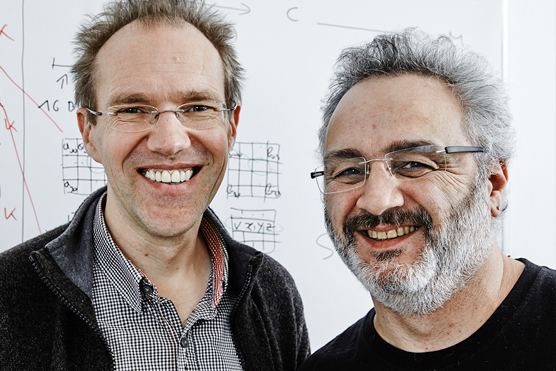

Advanced Encryption Standard
A widely used encryption standard that is secure and efficient.
How does the AES work?
AES is a symmetric-key block cipher algorithm, which means that the same key is used for both encryption and decryption. The algorithm works by dividing the plaintext into blocks of 128 bits and applying a series of mathematical operations to each block to transform it into the ciphertext. The key used for encryption is a fixed-length sequence of bytes, typically either 128, 192, or 256 bits long. The algorithm processes the key using a key schedule to generate a set of round keys, which are used in each round of encryption and decryption.
The algorithm consists of several rounds, each of which performs a series of substitution and permutation operations on the input block. The first step is called the "SubBytes" transformation, which applies a nonlinear substitution to each byte in the block. The next step is called the "ShiftRows" transformation, which shifts the rows of the block cyclically. The third step is the "MixColumns" transformation, which operates on the columns of the block. The final step is the "AddRoundKey" transformation, which applies the current round key to the block.
The process is repeated for a fixed number of rounds, depending on the key size. The number of rounds for each key size is as follows: 10 rounds for 128-bit keys, 12 rounds for 192-bit keys, and 14 rounds for 256-bit keys. The AES algorithm is considered secure and widely used for encryption in various applications, such as data storage, communication protocols, and financial transactions. Its strength lies in its ability to resist attacks, such as brute force, differential, and linear cryptanalysis. Additionally, the algorithm is efficient and can be implemented in hardware and software with reasonable performance.
_Round_Function.f6a8fbf4e06f0bd0648e.png)
Visualizing the AES cipher
History
The Advanced Encryption Standard (AES) is a widely used encryption algorithm that is considered to be highly secure and has become a standard for government and commercial use. Its development was the result of a global effort to replace the Data Encryption Standard (DES), which was becoming less secure due to advances in technology.
The Rijndael algorithm was created by two Belgian cryptographers, Joan Daemen and Vincent Rijmen, in the late 1990s. They developed the algorithm as a response to a call from the Belgian government for a new encryption algorithm that was both secure and efficient. The algorithm was named after its creators, combining their surnames.
The adoption of the AES algorithm has been widespread, with many government and commercial organizations using it to secure their sensitive data. It has been adopted as the encryption standard by the US government and is used in a wide range of applications, including data encryption, secure communications, and digital signatures. Its wide adoption and the fact that it has never been publicly broken have made it one of the most trusted encryption algorithms in use today.
In the late 1990s, the National Institute of Standards and Technology (NIST) issued a call for proposals to develop a new encryption standard. The finalists were evaluated based on their security, implementation complexity, and performance. In 2000, NIST selected Rijndael as the winner of the competition and announced it as the new Advanced Encryption Standard. Rijndael was chosen because of its superior performance and security compared to the other finalists. It was also highly efficient in hardware and software implementations, making it suitable for a wide range of applications.
